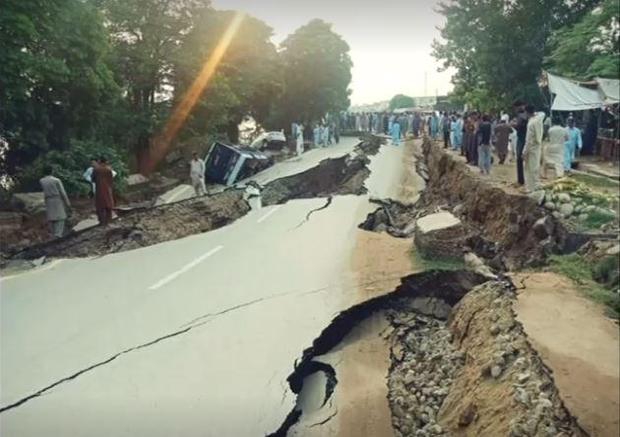
IIITH, NDMA release study to map, respond to earthquakes better

The Indian Institute of Information Technology, Hyderabad (IIITH) has collaborated with the National Disaster Management Authority (NDMA) to prepare an Earthquake Disaster Risk Index (EDRI) for 50 cities across India. The EDRI aims to give town planners and decision-makers pointers for disaster preparedness in earthquake-prone cities.
The main focus of the work was on the seismically active zones. Among the 50 cities, 15 cities were from seismic zone V, 28 from seismic zone IV, and the remaining seven were from metro cities. Risk was estimated for these selected cities in the form of low, medium and high risk.
With the index prepared over a course of 13 years, researchers at the IIITH’s Earthquake Engineering Research Centre (EERC) have analysed the risk of earthquakes for buildings, in the project.
“About 56 per cent of Indian land is prone to moderate to severe earthquakes. And unfortunately, about 82 per cent of our population is living on this land. So technically speaking, four out of five people are under the threat of earthquakes,” says Professor Pradeep Ramancharla, EERC. The objective of the group was also to spread awareness among people on earthquakes and making houses earthquake resilient, apart from assessing the risk to buildings. The index comprised three aspects – earthquake hazard, exposure, and vulnerability of a city.
“Earthquake hazard refers to the amount of ground shaking that an area will experience; exposure refers to the number of buildings present in that area, and vulnerability refers to the strength of the building to withstand an earthquake,” explains Professor Ramancharla, adding that the researchers’ efforts lay in reducing vulnerability. “Hazard is governed by nature, town planning and the local government bodies influence exposure. So our focus was on vulnerability which is in the hands of architects and engineers,” he adds.
The EDRI shows that of the 50 cities, only seven cities have low level risk, whereas 30 cities have medium level risk and 13 cities have high-level risk.
“The EDRI will be helpful in increasing significant awareness among the people residing in highly seismic vulnerable areas,” says Professor Ramancharla.

